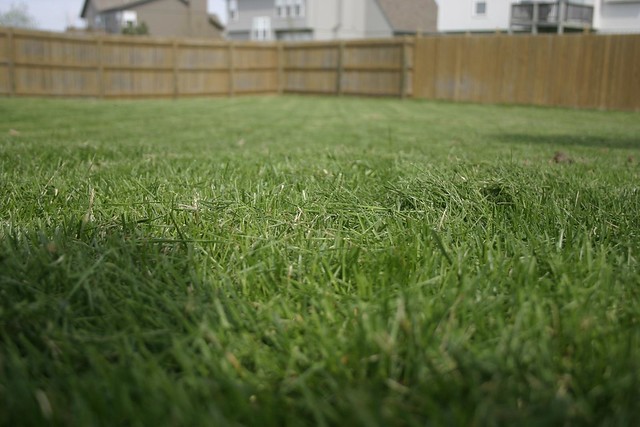
Although the modern “American Dream” is no longer defined by white picket fences, this perception of the “ideal” homestead still holds some influence on cultural norms: cookie-cutter houses lining a cul-de-sac, each with a pristinely manicured green lawn. A collaborative study of residential lawns near several LTER sites found that the quest for this suburban ideal still pervades residential development and management throughout America. So much so, in fact, that the composition of plant communities in residential lawns across the different regional sites had more in common with each other than they did with their local, unmanaged counterparts.
The seven cities chosen for the study were selected in order to represent the dramatically different climates and vegetation types across America, making the similarities in residential lawn communities even more striking. Turfgrasses comprised the majority of residential lawn samples, and although individual species differed between regional sites, they shared similar community composition.
The study also found that different regional sites shared the same weed species, indicating that other factors outside of similar human planting practices are contributing to the narrowing of lawn plant diversity across America. Researchers suggested that the weeds are often present in turfgrass seed sources, and that lawn maintenance and disturbed soils create a distinct environment in which these specific species are successful.
Demographic components of these residential areas were also incorporated into the study. Researchers found that higher income households kept lawns with significantly less plant diversity than those of lower income households. This is likely due to the fact that high income households can afford to spend more on lawn care services that can remove any unwanted newcomers to the lawn. Conversely, the same high income households often kept gardens that yielded very high plant diversity—though these flora were often nonnative, and accounted for a much smaller area of coverage than the turfgrass lawns.
This study demonstrates that these lawn species largely belong to a continental-scale lawn community that is severely lacking in diversity and was shaped by both climatic factors and lawn management.
Source: Megan M. Wheeler, Christopher Neill, Peter M. Groffman, Meghan Avolio, Neil Bettez, Jeannine Cavender-Bares, Rinku Roy Chowdhury, Lindsay Darling, J. Morgan Grove, Sharon J. Hall, James B. Heffernan, Sarah E. Hobbie, Kelli L. Larson, Jennifer L. Morse, Kristen C. Nelson, Laura A. Ogden, Jarlath O’Neil-Dunne, Diane E. Pataki, Colin Polsky, Meredith Steele, Tara L.E. Trammell, Continental-scale homogenization of residential lawn plant communities, In Landscape and Urban Planning, Volume 165, 2017, Pages 54-63, ISSN 0169-2046, https://doi.org/10.1016/j.landurbplan.2017.05.004.










